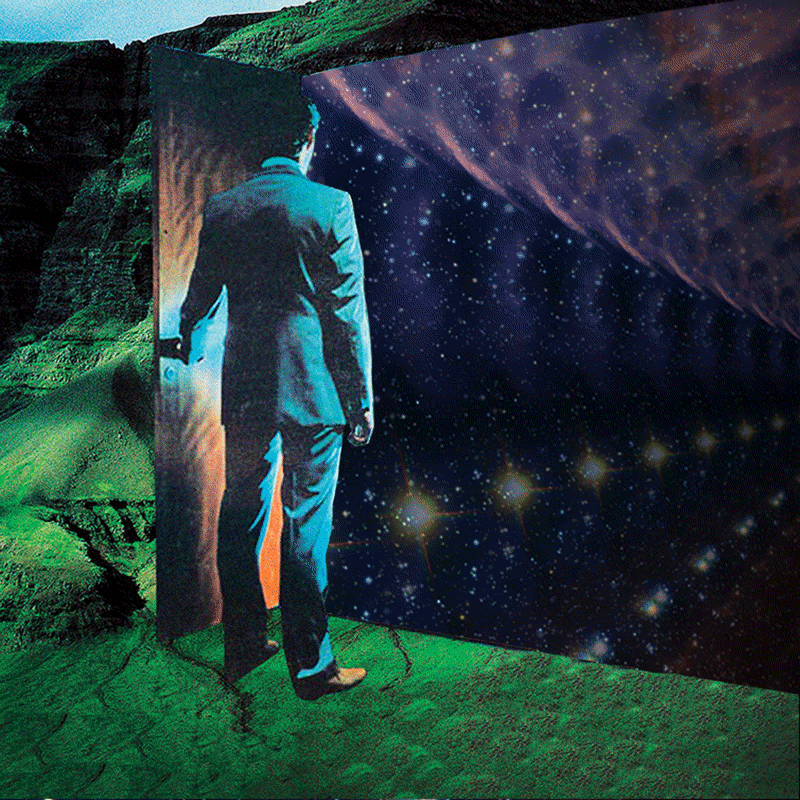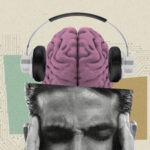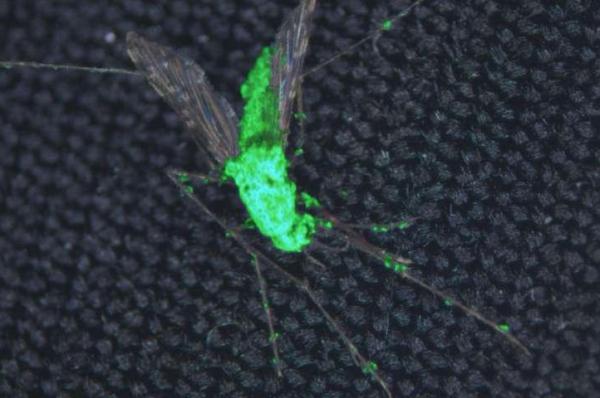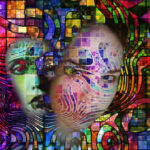A new study on LSD (lysergic acid diethylamide) by the University of Cambridge and Imperial College in London has shown that the drug allows users to free brain activity to “trespass anatomical rules,” because it triggers an altered state of consciousness.

Anatomical means relating to the bodily structure or relating to human anatomy so by taking LSD, users are not confined to the so-called normal rules of being human.
This induces what is called “psychosis.” The land where people walk the line between human reality and the spirit world.
Consciousness is believed to involve the integration of multiple segregated brain networks and their subnetworks, and the researchers’ goal is to study patterns of brain connectivity and consciousness under the influence of LSD.
Our main finding is that the effects of LSD on brain function and subjective experience are non-uniform in time: LSD makes globally segregated sub-states of dynamic functional connectivity more complex, and weakens the relationship between functional and anatomical connectivity.
On a regional level, LSD reduces functional connectivity of the anterior medial prefrontal cortex, specifically during states of high segregation. Time-specific effects were correlated with different aspects of subjective experiences; in particular, ego dissolution was predicted by increased small-world organization during a state of high global integration.
These results reveal a more nuanced, temporally-specific picture of altered brain connectivity and complexity under psychedelics than has previously been reported.”
“My main interest — and the focus of my research — is on understanding the neuroscience of human consciousness,” said study author Andrea I. Luppi (@loopyluppi), a Gates Scholar at the University of Cambridge in the Cognition and Consciousness Imaging Group.
“Studying psychoactive substances offers a unique opportunity for neuroscience: we can study their effects in terms of brain chemistry, but also at the level of brain function and subjective experience,” he added. “In particular, the mind is never static, and neither is the brain: we are increasingly discovering that when it comes to brain function and its evolution over time, the journey matters just as much as the destination.”
In 2016, researchers found LSD has a huge impact on intrinsic functional connectivity such as the thalamus, and also increased global integration by inflating the level of communication between normally distinct brain networks reported as “ego dissolution.”
They concluded that “LSD selectively expands global connectivity in the brain and the perceptual boundaries between the self and the environment.”
For example, a study from 2018 had shown that LSD administration significantly decreased functional connectivity within visual, sensorimotor, and auditory networks and the default mode network. Meaning users’ eyes, ears, nose, and other sensory organs did not work the same as before and they were no longer connected in the same fashion.
It is as if the act of taking LSD creates a temporary hybrid human whose bodily functions and chemicals are no longer human, but merged with the very ancient fungal pathogens to become one. As if the drug mutates, morphs, and integrates a person into itself in which the user experiences their world in the 4th dimension.
In other words, LSD alters the brain and body so that it is able to break the normal ruled of being human, while also changing how the brain is able to integrate and process consciousness.
“When you look at the network of fungi, it starts to look back at you!” – Dr. Merlin Sheldrake (Fungal Biologist and author)
The study, “LSD alters dynamic integration and segregation in the human brain“, was authored by Andrea I. Luppi, Robin L. Carhart-Harris, Leor Roseman, Ioannis Pappas, David K. Menon, and Emmanuel A. Stamatakis.
If you like this article, please read, Remote Viewing: How Drugs Help Us Communicate As Within and So Without.

Moe is the founder of GnosticWarrior.com. He is a father, husband, author, martial arts black belt, and an expert in Gnosticism, the occult, and esotericism.








